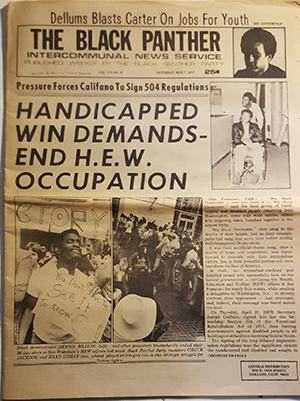
As the next piece in our Independent Living History series, we feature the key piece of legislation that established Centers for Independent Living (CILs). As presented last month, the first Center for Independent Living was established in Berkley California. This kicked off a national movement and in 1978 the Rehabilitation Act of 1973, as amended (The Act) authorized funding for independent living programs across the county. Title VII, chapter 1 of The Act states the current purpose of the program is to,
“promote a philosophy of independent living including a philosophy of consumer control, peer support, self-help, self-determination, equal access, and individual and system advocacy, in order to maximize the leadership, empowerment, independence, and productivity of individuals with disabilities, and the integration and full inclusion of individuals with disabilities into the mainstream of American society.”
Today, there are 354 CILs in the United States, we all uphold the belief that all people with disabilities share a common thread that brings them together. Each CIL is a non profit organization run by and for persons with disabilities. The staff must be at least 51% persons with disabilities and the Board of Directors must be at least 51% persons with disabilities. This ensures that CILs remain the peer based organizations they were always intended to be.
Want to learn more about why Centers for Independent Living do things the way we do them? Read more from our blog series, Looking Back As We Move Forward, and join us as we explore the history of CILs and the Independent Living Movement. And be sure to follow the series on social media using the tag #LBAWMF.



